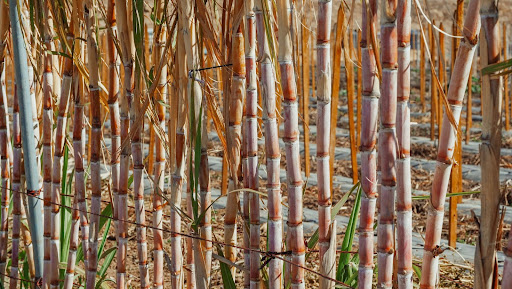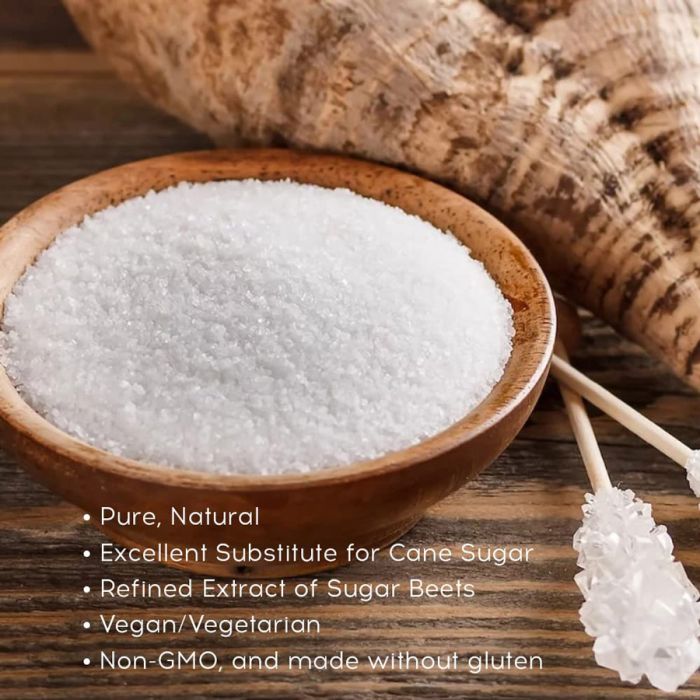Understanding the Nutritional Benefits of Beetroot Sugar Vs Walking Stick Sugar for Wellness Conscious Customers
When examining the dietary implications of beetroot sugar versus walking cane sugar, health-conscious customers locate that both selections largely include sucrose and deal comparable caloric values, each contributing about 16 calories per tsp. Despite this resemblance, neither type confers substantial health and wellness benefits, as they are empty of vital nutrients. Checking out the broader impacts, including ecological factors to consider and long-term health impacts of sugar consumption, could brighten more nuanced differences in between these two sugars.
Nutritional Profile and Caloric Worth of Beet Sugar and Cane Sugar
Although both beetroot sugar and walking cane sugar are mainly composed of sucrose, their dietary profiles and calorie values are incredibly similar. Each supplies about 16 calories per teaspoon and is composed almost completely of carbohydrates, with minimal amounts of healthy protein or fat. These sugars likewise lack considerable quantities of vitamins or minerals. The refinement procedure remove a lot of the inherent nutrients, providing both kinds almost the same in regards to nutrition. There are trace differences in the impurities that continue to be after processing, which can slightly impact the flavor and color of the sugars, but these are minimal in regards to health and wellness influence. For customers concentrating on dietary influence, the choice between beet and cane sugar is more regarding individual choice or prospective ecological problems rather than nutritional distinctions. Both need to be eaten in moderation within a well balanced diet due to their high calorie content and lack of necessary nutrients (beet sugar vs cane sugar).
Environmental Influence and Sustainability of Sugar Production
While the nutritional distinctions in between beet sugar and walking cane sugar are minimal, their production processes provide even more considerable variations, specifically in regards to ecological influence and sustainability. Walking cane sugar production commonly involves considerable land usage and logging, which adds to habitat damage and biodiversity loss. This agriculture is likewise related to high water usage and water air pollution due to the overflow of chemicals and plant foods. In contrast, beetroot sugar manufacturing typically calls for less land and can be cultivated in even more pleasant environments, which might lower the requirement for watering and the associated water resource exhaustion.
However, beet growing is not without its environmental difficulties; it involves considerable power inputs, particularly in the north climates where it is grown, due to the need for longer home heating durations in sugar handling. Both sugar beetroot and sugar walking cane markets are checking out extra lasting techniques, including crop turning, natural farming, and boosted waste administration techniques to mitigate these effects.
Wellness Results and Recommendations for Sugar Usage
Regardless of their marginal nutritional distinctions, both beet sugar and cane sugar can have detrimental health impacts when consumed in extra. High intake of either kind of sugar adds to a series of health issues, consisting of obesity, kind 2 diabetic issues, and heart condition. Both sugars are pure sucrose and offer no important nutrients in addition to calories, resulting in rapid spikes in blood sugar level degrees upon intake.


Verdict

Comments on “Understanding beet sugar vs cane sugar helps shoppers make informed choices about their diet.”